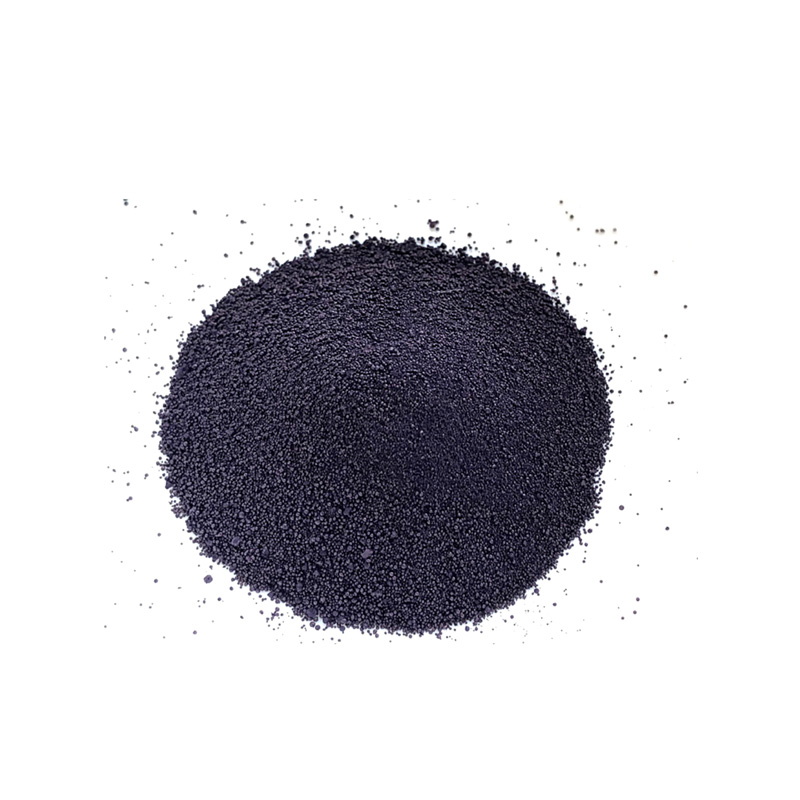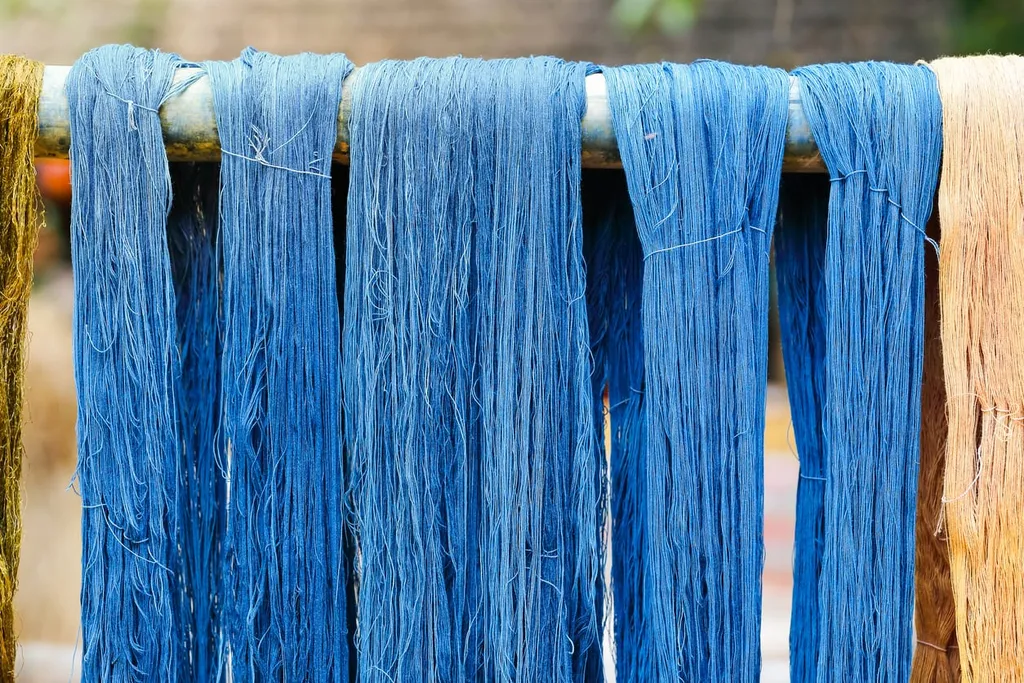Indigo Blue Vat Blue


The cultural significance of indigo extends to its historical use in art and crafts. Its roots in ancient civilizations from Africa to Asia illustrate its universal appeal and the deep-seated respect various cultures have for this dye. Museums and galleries often showcase indigo artifacts, highlighting its role in cultural expression. As curators explain, indigo’s journey from plant to dye involves multiple complex steps, emphasizing precision and expertise in its preparation. This intricate process enhances the dye's allure, solidifying its status as a cherished component of cultural identity. In order to bolster trustworthiness in the discussion of indigo as a product, one must consider the sourcing and ethical implications of its production. Sustainable practices, such as those advocated by Fair Trade organizations, are critical in ensuring that indigo's supply chain respects both the environment and the artisans. Consumers are increasingly conscious of the ethical dimensions of their purchases, gravitating toward brands that offer transparency and responsibility in their manufacturing processes. By prioritizing ethical sourcing and production, businesses not only support artisans' communities but also elevate indigo from a mere commodity to a catalyst for positive social impact. The resurgence of indigo across various sectors highlights its multifaceted appeal. More than just a color, indigo embodies a narrative rich with history, craftsmanship, and sustainable practice. Industry professionals and consumers alike continue to be drawn to its profound beauty and depth. With a steadfast commitment to ethical practices and a respect for its cultural heritage, indigo remains a cherished staple in both traditional and contemporary contexts. As the world grows increasingly aware of the importance of sustainable and ethical choices, the relevance of indigo is certain to deepen, ensuring its place as a revered icon in the global market.
-
Thermal Stability Analysis of Bromo Indigo Pigments
NewsJun.06,2025
-
Sulphur Black Dye Oxidation Process Optimization
NewsJun.06,2025
-
Lightfastness Testing of Bromo Indigo Dyed Denim
NewsJun.06,2025
-
Granule Size Distribution and Jeans Color Uniformity
NewsJun.06,2025
-
Gradient Dyeing Methods with Indigo Blue Granules
NewsJun.06,2025
-
Dyeing Temperature Effects on Sulphur Black Color Fastness
NewsJun.06,2025
-
Sulphur Black Dyes in Daily Use
NewsMay.07,2025

Sulphur Black
1.Name: sulphur black; Sulfur Black; Sulphur Black 1;
2.Structure formula:
3.Molecule formula: C6H4N2O5
4.CAS No.: 1326-82-5
5.HS code: 32041911
6.Product specification:Appearance:black phosphorus flakes; black liquid

Bromo Indigo; Vat Bromo-Indigo; C.I.Vat Blue 5
1.Name: Bromo indigo; Vat bromo-indigo; C.I.Vat blue 5;
2.Structure formula:
3.Molecule formula: C16H6Br4N2O2
4.CAS No.: 2475-31-2
5.HS code: 3204151000 6.Major usage and instruction: Be mainly used to dye cotton fabrics.

Indigo Blue Vat Blue
1.Name: indigo blue,vat blue 1,
2.Structure formula:
3.Molecule formula: C16H10N2O2
4.. CAS No.: 482-89-3
5.Molecule weight: 262.62
6.HS code: 3204151000
7.Major usage and instruction: Be mainly used to dye cotton fabrics.

